Pfizer Inc. (NYSE: PFE) has experienced a dramatic decline in its stock price, plummeting 63% from its all-time high. With the dividend yield now approaching 8%, many investors are evaluating whether this is a lucrative buying opportunity or a potential trap. This article explores Pfizer's financial health, challenges, and prospects, providing a comprehensive overview for those considering this pharmaceutical giant.
Pfizer's Recent Performance
While Pfizer's stock has faced substantial setbacks, the company delivered a better-than-expected quarterly report:
- Earnings: $0.63 per share, exceeding expectations of $0.46.
- Revenue: Slightly surpassed estimates, bolstered by growth in key areas.
Segment Performance:
- Oncology Business: Grew 26% year-on-year, driven by the recent acquisition of Seagen.
- Specialty Care: Increased by 12% year-on-year.
- Primary Care: Declining, reflecting challenges in legacy businesses.
The pandemic-era revenue boost from COVID-19 vaccines has diminished, but Pfizer continues to adapt with strong performance in other segments.
Is the 8% Dividend Yield Sustainable?
A high dividend yield often raises concerns about sustainability. However, Pfizer appears well-positioned to maintain its payout:
- Dividend Costs: Approximately $9.5 billion annually.
- 2024 Free Cash Flow (FCF): $9.8 billion, adequately covering dividend payments.
- 2025 FCF Projection: Expected to nearly double to $17.8 billion, providing additional flexibility.
Pfizer’s cost-saving measures, including $4.5 billion in anticipated net savings by the end of 2025, further bolster its financial stability. Additionally, management has prioritized maintaining the dividend, easing fears of a potential cut.
Debt Management and Buyback Potential
One reason for Pfizer’s stock weakness has been the lack of stock buybacks in 2024. Instead, the company focused on paying down $7.8 billion in debt, positioning itself for future financial strength:
- Debt Maturities:
- 2026: $6 billion due.
- 2027: $980 million.
- 2028: $5.6 billion.
By 2025, Pfizer is expected to have sufficient excess cash flow to resume buybacks, which could help stabilize the stock price. Historically, reinitiated buyback programs have provided a floor for undervalued stocks.
Key Risks Facing Pfizer
While Pfizer offers a compelling dividend and value proposition, several risks loom:
Patent Expirations:
- The impending expiration of key drug patents, including Eliquis in 2026, threatens revenue streams. While new drugs in the pipeline aim to offset these losses, no revenue growth is expected in the near term.
Tariff Uncertainty:
- Potential tariffs on pharmaceuticals could impact Pfizer. However, its robust U.S. manufacturing network—with 10 sites and 2 distribution centers—positions it better than competitors to mitigate such risks.
Valuation and Expected Returns
Pfizer's free cash flow yield of 14.6% provides a potential return baseline:
- If revenue and profitability remain stable, investors could expect annualized returns of 14-15%.
- Upside potential exists if Pfizer achieves significant breakthroughs in areas like weight loss drugs or receives a valuation expansion.
Conclusion: A Risk-Reward Opportunity
Pfizer’s stock decline reflects a mix of warranted concerns (patent expirations, tariffs) and market overreaction. With a safe 8% dividend, improving free cash flow, and potential buybacks on the horizon, Pfizer presents a favorable risk-reward opportunity for value-focused investors.
While revenue growth may remain stagnant in the short term, Pfizer’s fundamentals are intact. Investors seeking high-yield dividend stocks with long-term potential may find Pfizer an attractive option at its current price.
https://youtu.be/52R6Qer5hPs?si=N8o2_qzVV5MheL5c



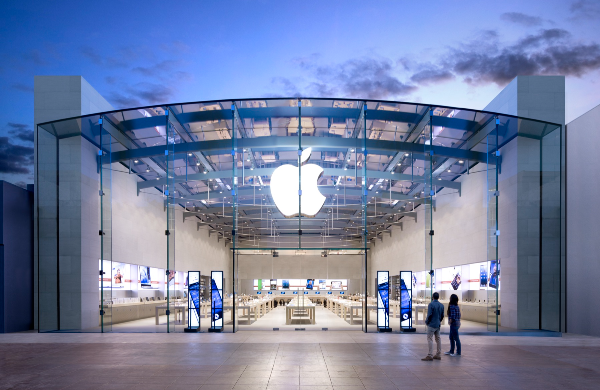
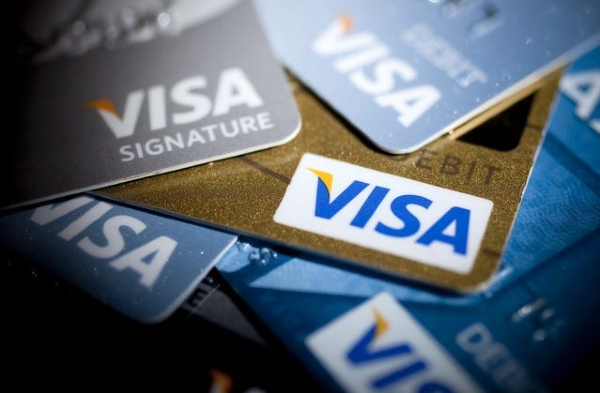
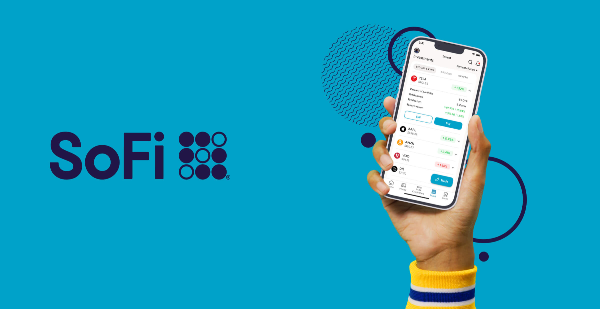
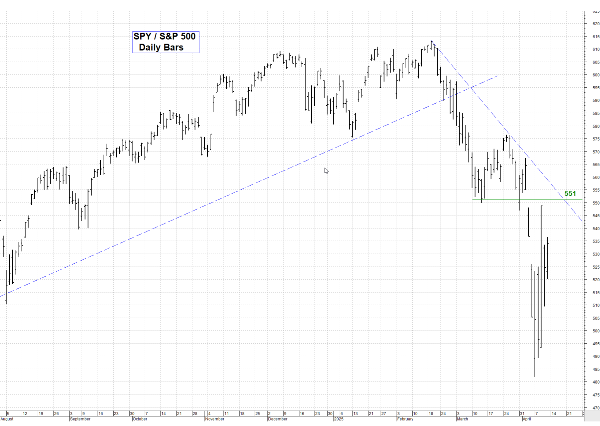






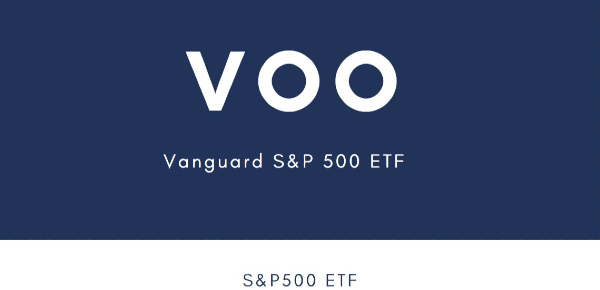
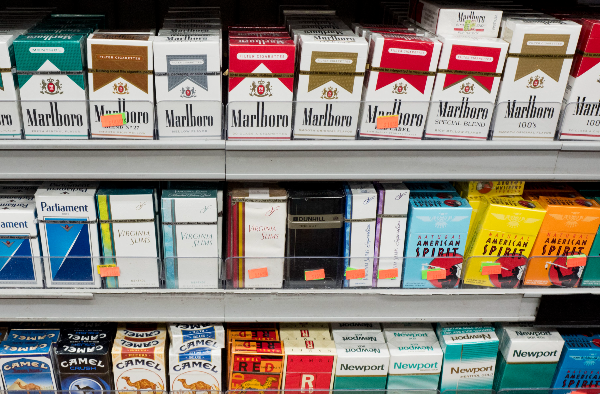
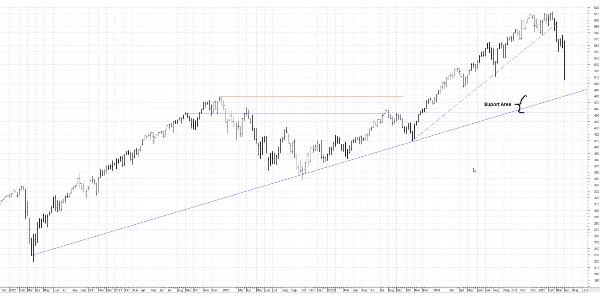





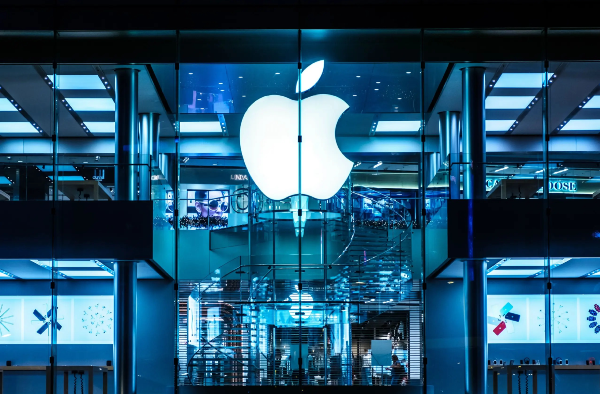
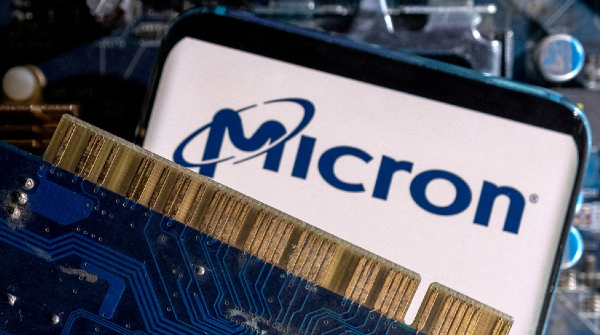








Pfizer Inc. (NYSE: PFE) has experienced a dramatic decline in its stock price, plummeting 63% from its all-time high. With the dividend yield now approaching 8%, many investors are evaluating whether this is a lucrative buying opportunity or a potential trap. This article explores Pfizer's financial health, challenges, and prospects, providing a comprehensive overview for those considering this pharmaceutical giant.
Pfizer's Recent Performance
While Pfizer's stock has faced substantial setbacks, the company delivered a better-than-expected quarterly report:
Segment Performance:
The pandemic-era revenue boost from COVID-19 vaccines has diminished, but Pfizer continues to adapt with strong performance in other segments.
Is the 8% Dividend Yield Sustainable?
A high dividend yield often raises concerns about sustainability. However, Pfizer appears well-positioned to maintain its payout:
Pfizer’s cost-saving measures, including $4.5 billion in anticipated net savings by the end of 2025, further bolster its financial stability. Additionally, management has prioritized maintaining the dividend, easing fears of a potential cut.
Debt Management and Buyback Potential
One reason for Pfizer’s stock weakness has been the lack of stock buybacks in 2024. Instead, the company focused on paying down $7.8 billion in debt, positioning itself for future financial strength:
By 2025, Pfizer is expected to have sufficient excess cash flow to resume buybacks, which could help stabilize the stock price. Historically, reinitiated buyback programs have provided a floor for undervalued stocks.
Key Risks Facing Pfizer
While Pfizer offers a compelling dividend and value proposition, several risks loom:
Patent Expirations:
Tariff Uncertainty:
Valuation and Expected Returns
Pfizer's free cash flow yield of 14.6% provides a potential return baseline:
Conclusion: A Risk-Reward Opportunity
Pfizer’s stock decline reflects a mix of warranted concerns (patent expirations, tariffs) and market overreaction. With a safe 8% dividend, improving free cash flow, and potential buybacks on the horizon, Pfizer presents a favorable risk-reward opportunity for value-focused investors.
While revenue growth may remain stagnant in the short term, Pfizer’s fundamentals are intact. Investors seeking high-yield dividend stocks with long-term potential may find Pfizer an attractive option at its current price.
https://youtu.be/52R6Qer5hPs?si=N8o2_qzVV5MheL5c